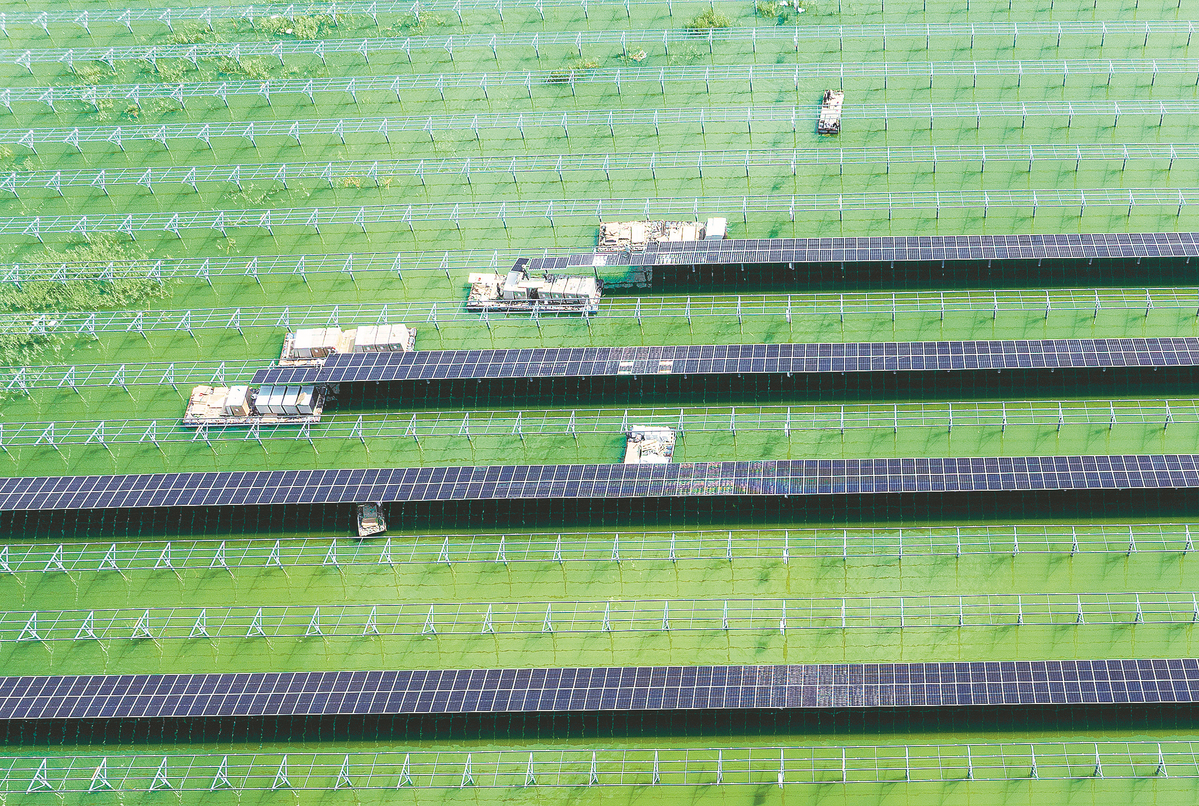Unified, credible national carbon trading system prioritized


China is ramping up efforts to advance a unified and credible national carbon trading system through top-down design, as part of its broader push toward green and low-carbon development, industry experts said.
On Monday, the central authorities unveiled a guideline to set out overall goals and pathways for the future growth of the national carbon trading market.
According to the guideline, by 2030, China aims to establish a nationwide carbon trading system built on a total quota cap with both free and paid allocations, while also seeking to build a voluntary emissions reduction market that is credible, transparent, unified in methodology, widely participated in and aligned with international practices.
The country is expected to deliver notable emission reduction results, improve the regulatory framework and foster a carbon pricing mechanism with reasonable price levels by then, it said.
"The guideline sets clear targets and a systematic plan for the development of China's carbon market, providing strategic direction for its future progress," said Qian Lihua, executive deputy director of the CIB Institute for Carbon Neutrality and Finance under Industrial Bank.
Qian added that the document serves as a programmatic guideline for how China will strengthen its carbon market mechanisms to advance its green transition.
"It covers both the mandatory and voluntary carbon markets, providing solid support for achieving the country's dual carbon goals of peaking emissions before 2030 and reaching carbon neutrality before 2060," she said.
Expanding industry coverage is one of the major tasks highlighted by the document. According to the guideline, by 2027, the national carbon trading market will cover all major industrial sectors, while the national voluntary greenhouse gas emission reduction trading market will expand to include all key fields.
Building on the current inclusion of power generation, steel, cement and aluminum smelting, the scope will be broadened in an orderly manner to include other industries, based on sectoral development, contributions to emission reduction and pollution control, data quality and emission characteristics, it said.
"Broadening industry coverage can better amplify the emission reduction effects of the carbon market," said Zhang Xiliang, director of the Institute of Energy, Environment and Economy at Tsinghua University.
"Bringing more industries into the market helps generate a carbon price signal that reflects the overall cost of emissions in society. Such a signal plays a dual role: guiding cost-effective emission reductions across society, and channeling public and private financial resources toward energy-saving and carbon-cutting initiatives, thereby promoting green and low-carbon technological innovation," Zhang said.
Another key task lies in expanding market participants. According to the guideline, the country supports financial institutions in developing carbon pledge financing services, and further proposes that qualified financial institutions participate in national carbon trading under lawful, compliant and risk-controlled conditions, with other noncompliance entities to be introduced when appropriate.
"We expect that, in line with the national carbon market's development goals, and under conditions that ensure stable market operation and manageable risks, large financial institutions — such as banks and insurers — will gradually participate in national carbon market trading. Other noncompliance entities will also be incorporated at an appropriate time depending on market progress," said Qian.
At present, only compliance entities — enterprises required to participate in a cap-and-trade program to control greenhouse gas emissions — are allowed to participate in the national carbon market.
"Due to this limitation, although China's carbon market already covers the largest volume of emissions in the world, its trading scale accounts for less than 1 percent of the total value of global carbon markets," the expert said.
"This shows that to boost the vitality and liquidity of China's carbon market, it is necessary to expand participation beyond compliance entities to include other players, especially financial institutions, allowing them to be involved in trading, market-making and carbon asset management, and help their clients manage carbon-related risks," Qian said.
Contact the writers at lijiaying@chinadaily.com.cn




































